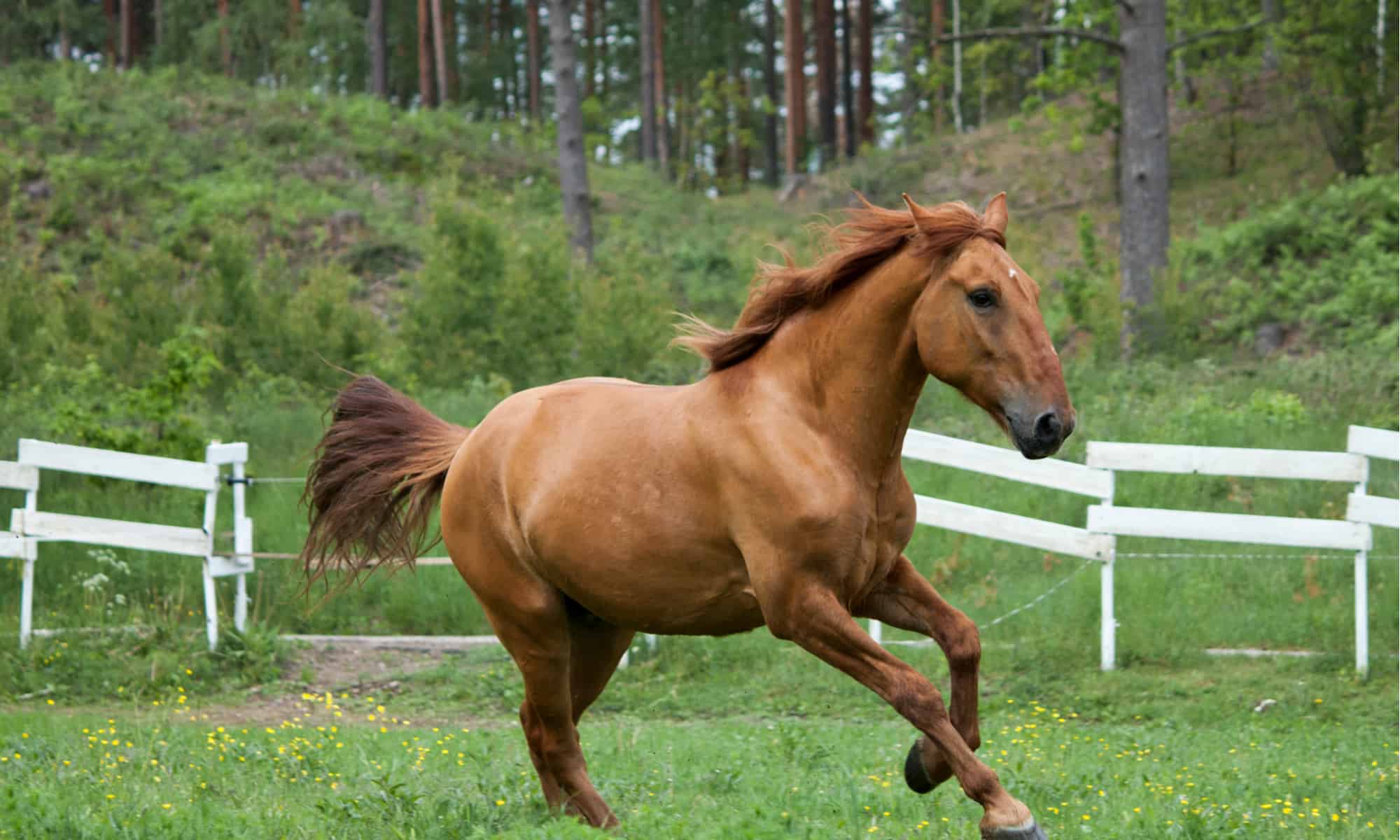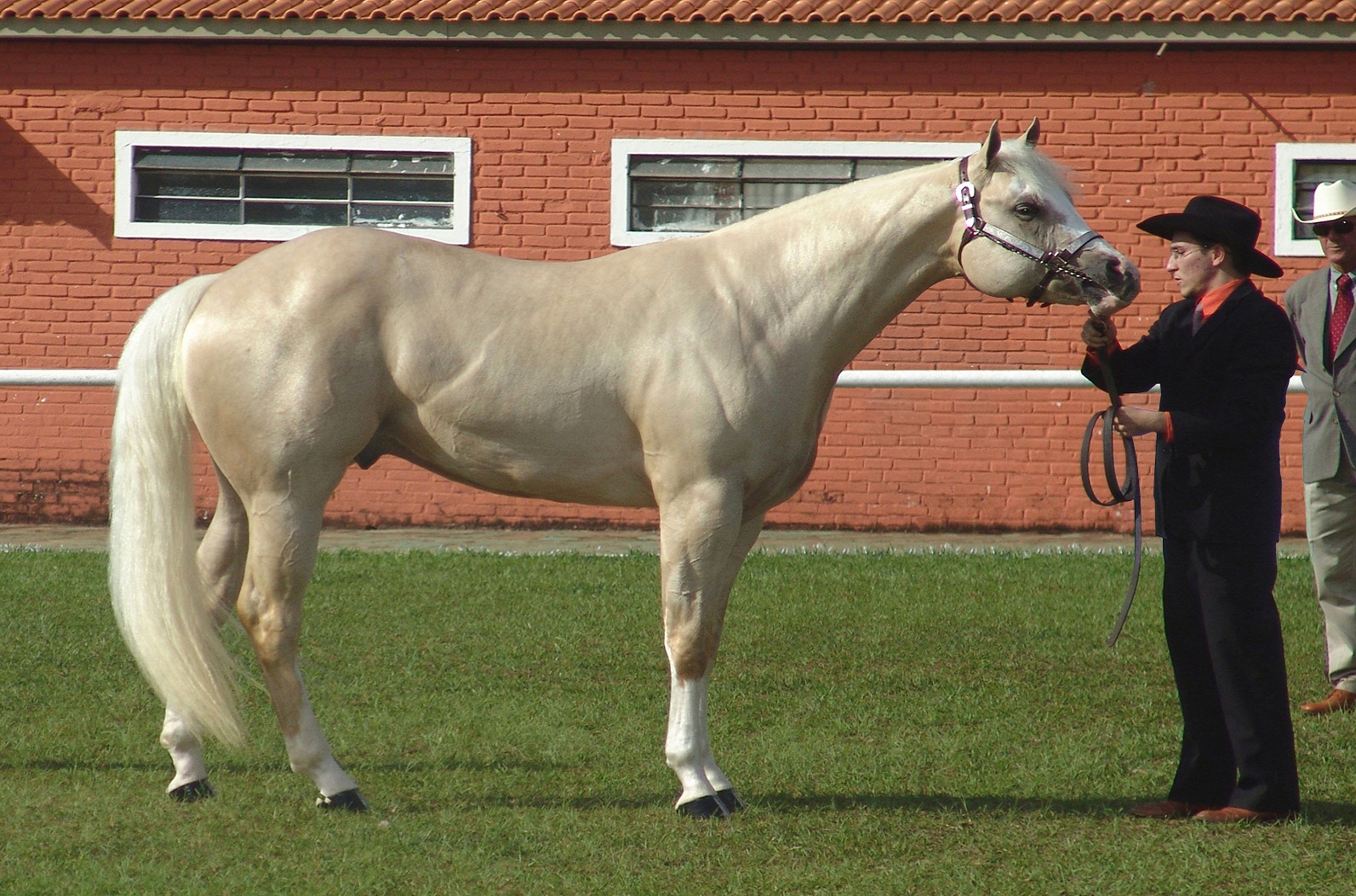An adult male horse older than four who can produce offspring is a stallion. If you employ it as a part of the breeding company, the conventional word is a stud. Once it becomes a father, you will name it a sire.
Stallions are noted for their incredible speed, erratic demeanor, and temperament. These mature men can only be handled and properly trained by those with a lot of experience. Now, let’s see what the horse is.

Considerations of Breeding:
The vast majority of healthy male horses are raised but not all should be used for breeding purposes. Thousands of unwanted horses flood rescues throughout the country and are slaughtered daily via overcrowding in Mexico and Canada. They should not be allowed to breed horses with genetic problems, terrible temperaments or just not being able to produce high-quality offspring. Your veterinarian can inform you if your stallion should breed.
How are Stallions Well Managed?
Domesticated stallions can be trained in various different methods to be effectively controlled. The horse training system depends on his personality and temperament, the region where the horse lives, and the philosophy of the owner and the trainer.
A stallion must first of all be schooled to learn how to act with respect towards all humans. Naturally, aggressive stallions are eager to dominate their environment. A stallion regularly bites humans without training as a manner of protecting himself or expressing this authority.
How do Stallions Behave?
While the disposition of stallions can vary greatly, they are frequently more difficult to control than stallions and frosts. By nature and territoriality, they can be aggressive.
Some stallions, however, are calm, manageable, willing, and kind. Your breed, your training, and your environment might influence your behavior. However, being careful about stallions is always crucial, as they can be unpredictable.

Nancy, our tech-savvy pet parent, explores the latest in pet tech, from smart toys to interactive feeders.


